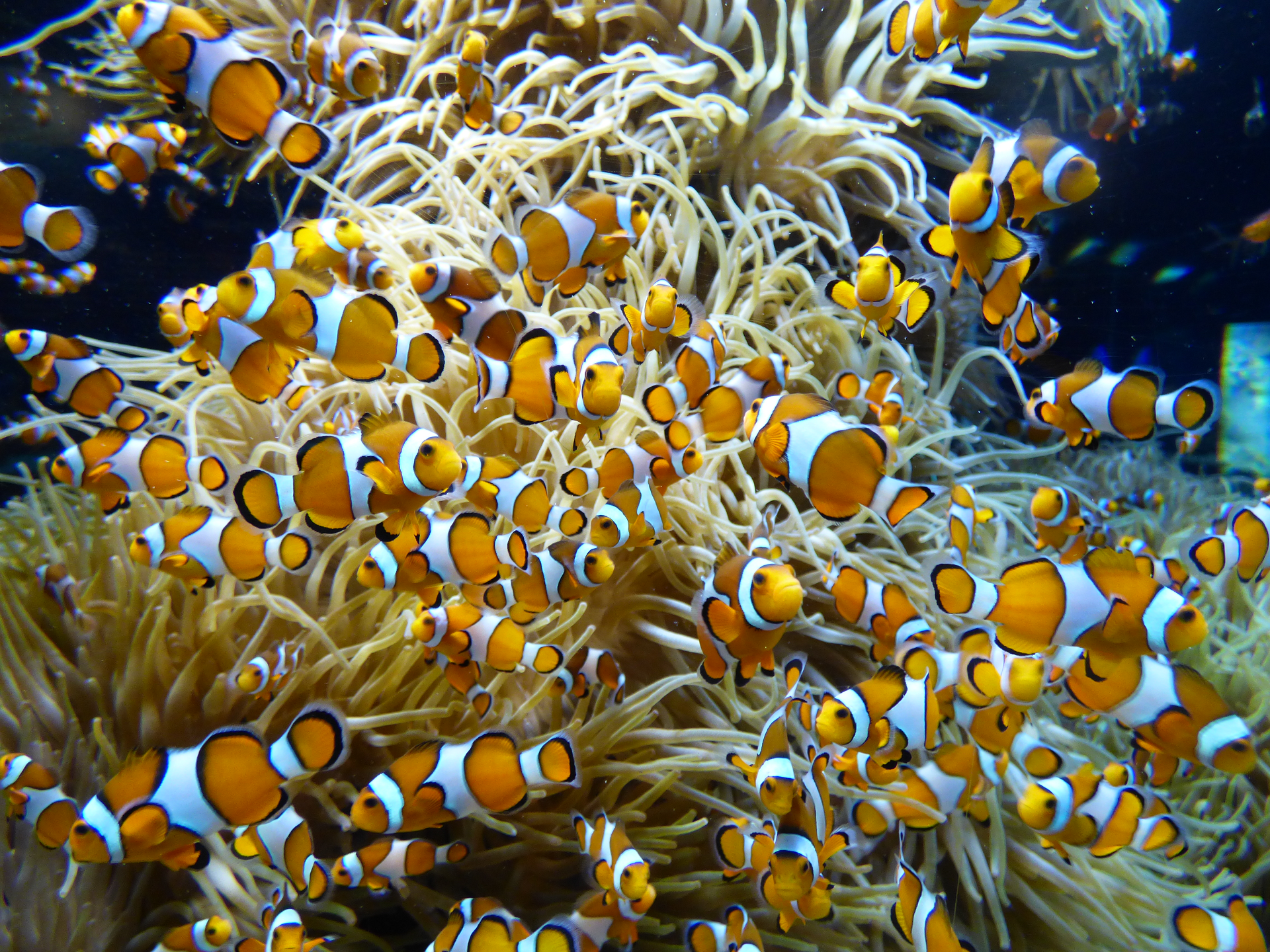Publication Abstract
- Title
-
Temporal variation in microplastic abundance in sediment and biota: a case study in the Thames Estuary, UK.
- Publication Abstract
-
Microplastics are abundant in marine and terrestrial habitats, with rivers transporting the pollutant to the sea. The catchment of the River Thames, UK encompasses 15 million residents and passes through many urban centres. Temporal trends in microplastic abundance are sparse, with ad hoc studies in the estuary demonstrating great variability in concentrations. Taking a seasonal approach to time series data collection, sediment and biota were sampled at Erith, London Borough of Bexley every three months over two years. To account for the heterogeneity of microplastics in sediment, three grab samples were collected per survey. Microplastics were extracted from sediment using zinc chloride (1.5 gcm-3) density separation and from biota using potassium hydroxide (10%) digestion. On average, 1,000 ± 1,100 (SD) litter items kg-1 were recovered from sediment, with significantly more items from samples in July and September 2020. The recorded concentrations are higher than many similar estuaries worldwide but are broadly comparable to some studies. Biota in the estuary are exposed to this litter. Fishes and shrimp contained on average 1.59 ± 2.62 items per individuals and 0.39 ± 0.95 items per individual, respectively. The greatest proportion of individuals to ingest litter was in December 2018 (75%) followed by March and June 2019 (42% and 43% respectively). Seasonal factors, such as rainfall, can impact microplastic accumulation in an estuarine system, but these litter items are not always bioavailable. Understanding the drivers of this variability is key in designing mitigation strategies and managing risk.
- Publication Authors
-
Alexandra R. McGoran *, Paul F. Clark , Brian D. Smith , David Morritt
- Publication Reference
-
NA
- Publication Internet Address of the Data
- Publication Date
- Publication DOI: https://doi.org/
- Publication Citation


